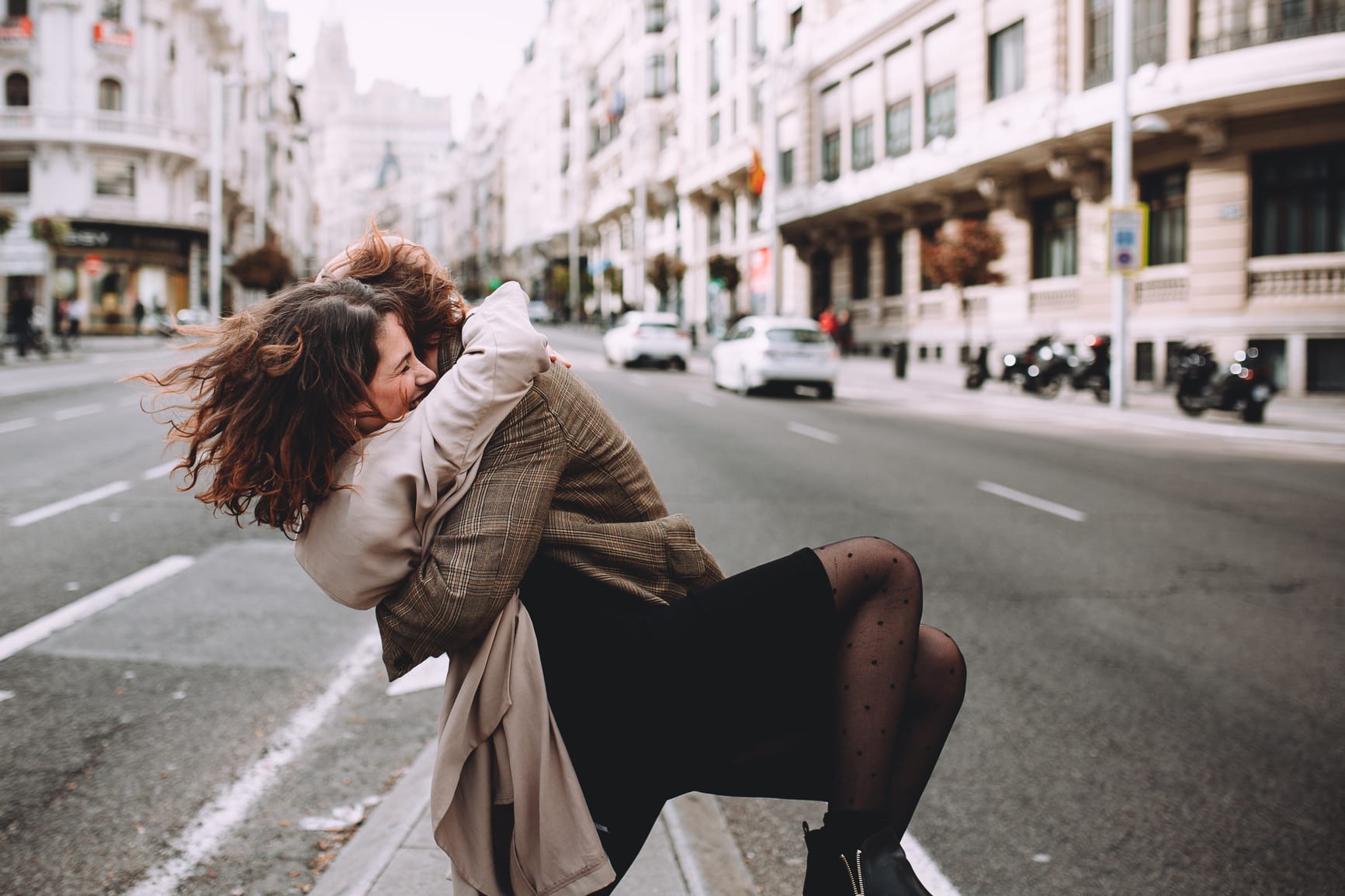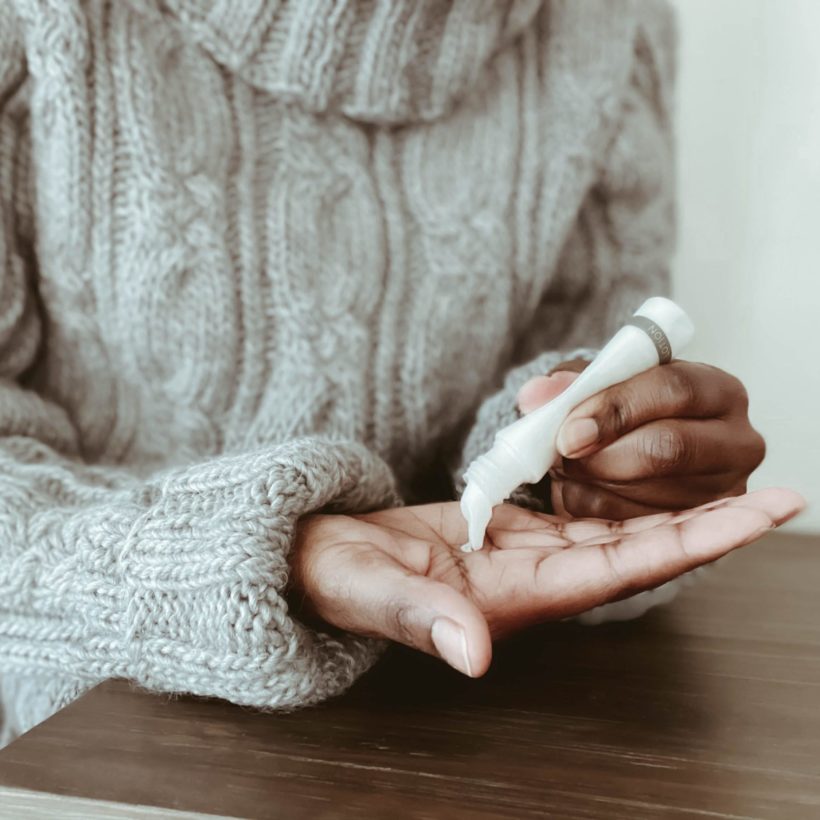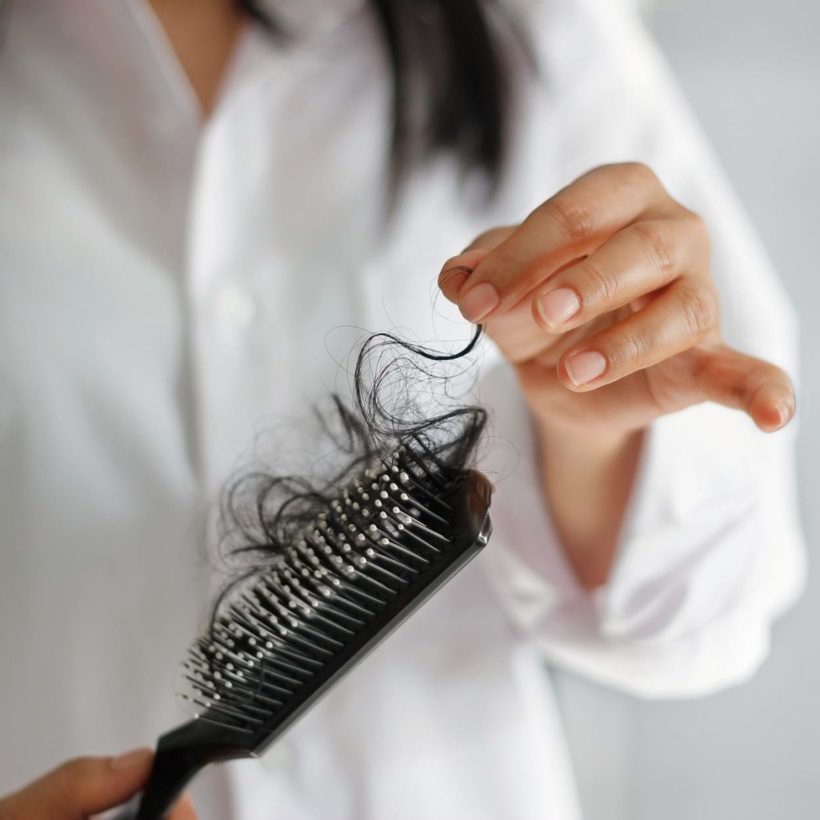The moment we’ve been waiting for since we first heard the word “coronavirus” is officially here: there’s a vaccine (multiple actually), it’s safe, it’s effective and it’s available to almost everyone. Nearly half of the U.S. population has already received at least their first dose. Now the question is, what can you do once you’re vaccinated?
First, a little reality check: We’re not out of the woods yet — there are several areas of the world, including the U.S., still having severe case outbreaks and new, more contagious, vaccine-resistant variants of the virus pose a serious threat. “This is a virus that has defied a lot of expectations and is still a huge threat, which is why we have to be careful,” says Dr. Abisola Olulade, a board-certified family medicine physician affiliated with Sharp Rees-Stealy Medical Group in San Diego, California. No vaccine is 100 percent effective (though they do come amazingly close): “It is still possible to get COVID even after being fully vaccinated. It is also possible to be hospitalized and to die from it even after vaccination,” Dr. Olulade says.
The good news? The risk of getting COVID after being vaccinated is extremely low “so it’s still important to get vaccinated as soon as you can,” says Dr. Olulade. It’s precisely because the vaccine data is so promising that health agencies, including the Centers for Disease Control and Prevention and the World Health Organization, and doctors agree that once you get vaccinated, your life can start looking a lot more normal. Finally.
Once you’re fully vaccinated (which is a full two weeks after your last shot, per the CDC), there are a lot of things you can do confidently — and some instances where you should still be taking precautions. “A lot of the guidance from the CDC is now based on helping people estimate their risk so that they can decide what the best precautions are to take,” Dr. Olulade says. You still have to follow any local and state guidelines. On the flipside, “you may live in a place where masks and restrictions are rolled back even for multiple unvaccinated people gathering indoors,” she adds, “but when you look at the CDC recommendations you may realize that this is too risky for you.” Here’s what to know:
Socializing IRL
Zoom happy hours be damned. The CDC now says it’s safe for fully vaccinated people to gather indoors with other fully vaccinated people with no masks, and no need to stay six feet apart. (“You can also gather indoors with unvaccinated people from one household without masks or distancing if those people don’t have any conditions that put them at risk of severe illness from COVID,” says Dr. Olulade.)
In other words, you can be pretty confident in taking your mask off and hugging your mom at a family barbeque where you know every single person is fully vaccinated, but you may want to be a little more cautious if you’re going to a dinner party at a friend’s and you don’t know what the status of all the guests is. “Knowing the vaccine status of everyone you are gathering with will help you decide what precautions to take,” says Dr. Olulade.

Keep in mind: the bigger the event, the more risk. “Indoor activities are least safe when they are crowded,” says Dr. Vivek Cherian, M.D., an internal medicine physician affiliated with the University of Maryland Medical System, “and in an area with little or no ventilation.” This includes concerts or full capacity worship services, packed workout classes, movie theatres and indoor bars and restaurants, according to the CDC. Hanging out a places or events where you need to show proof of vaccine to attend, can help give you some ease of mind, adds Dr. Cherian.
Dining out
Many states have allowed indoor dining for a while — even while health experts warned that gathering in an enclosed space without masks was still really risky.
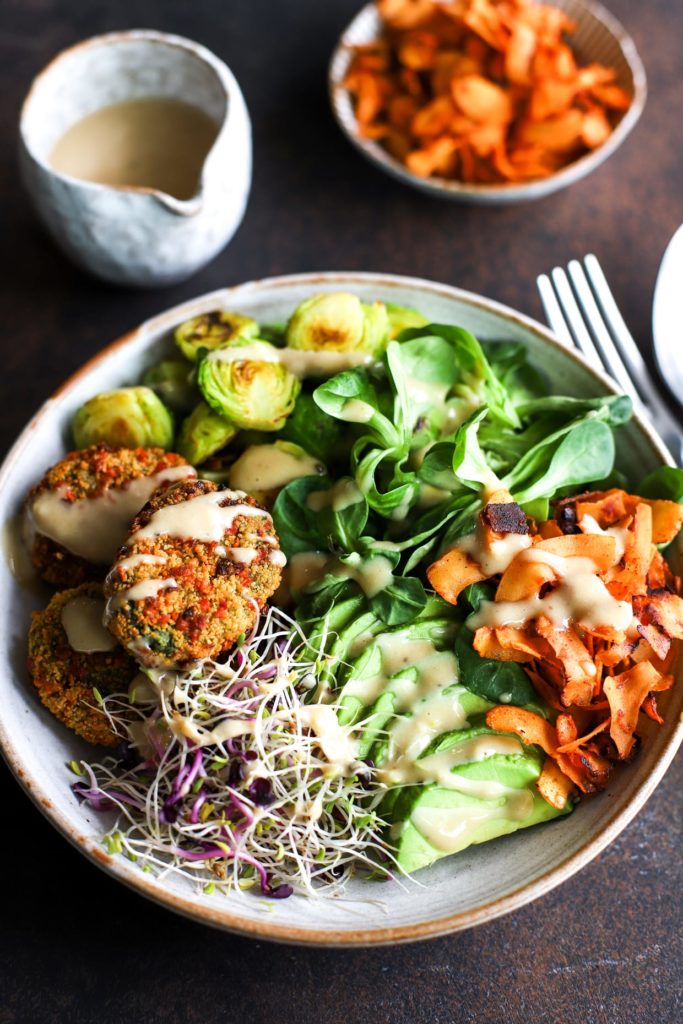
If you’re fully vaccinated, you can feel much more confident in booking a table at your favorite restaurant. But remember, nothing is 100 percent effective and the CDC is still recommending masks if you’re indoors with a group of people who aren’t vaccinated (or whose vaccine status you don’t know). “The indoor spread of COVID has been shown to be 18 times higher than outdoor spread, according to a review published in the Journal of Infectious Diseases, and is quite risky especially in poorly ventilated locations,” says Dr. Olulade.
Travel
If you’re fully vaxxed, a lot more travel options will be open to you. But again, keep in mind, COVID is still a non-zero risk. “There is still a chance of contracting COVID and there is a higher chance because transportation hubs and terminals often have crowded conditions,” explains Dr. Olulade. “There will be people who are vaccinated and unvaccinated and people that may even have COVID without knowing it.”
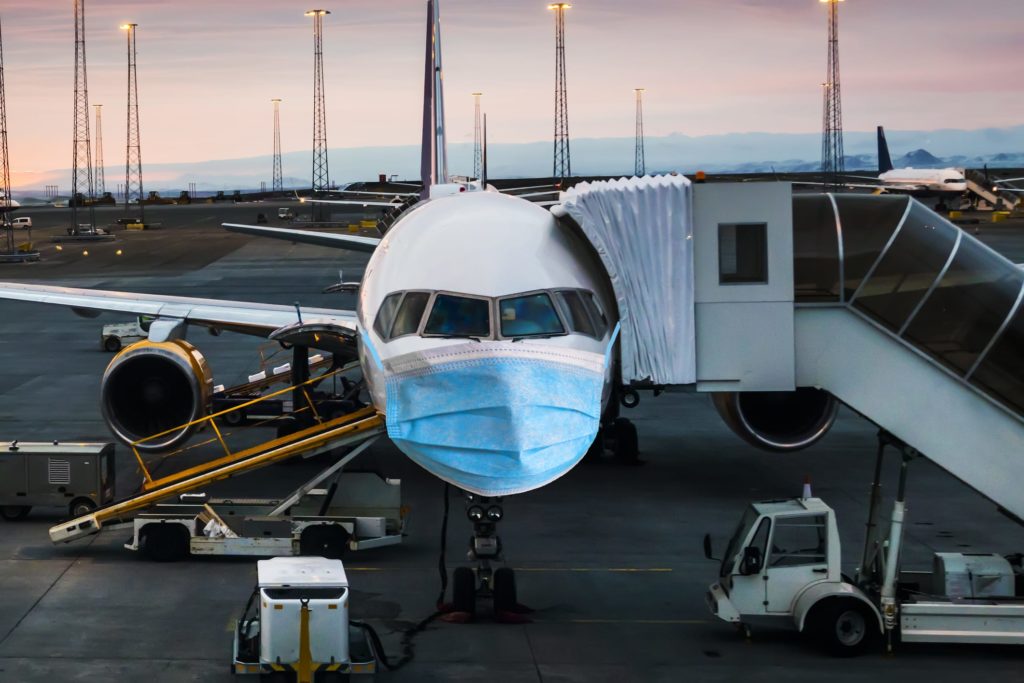
The safety of your trip totally depends on where you’re going “I recommend reviewing CDC guidance, your destination’s degree of COVID community spread and the local precautions being taken, and choosing the trip and your activities accordingly with your level of comfort,” says Dr. Sachin Nagrani, M.D., medical Director of Heal.
Going maskless
The CDC made big news in April when they announced fully vaccinated people didn’t need to wear a mask outside (except at crowded events, like a concert) and then later in May they announced that if you are fully vaccinated, you can resume activities that you did prior to the pandemic — without a mask. After over a year of never leaving home without it, that feels like a huge step forward.
We’re not completely done with masks yet though: “Everyone should continue to wear masks in high density areas such as airports, concerts, mass transit and basically any situation where you may be in close proximity to individuals that you are unaware of their vaccine status and where distancing is difficult,” says Dr. Cherian. “If you have any hesitation, follow the go to public safety measure of wearing a mask, hand washing and social distancing.”
